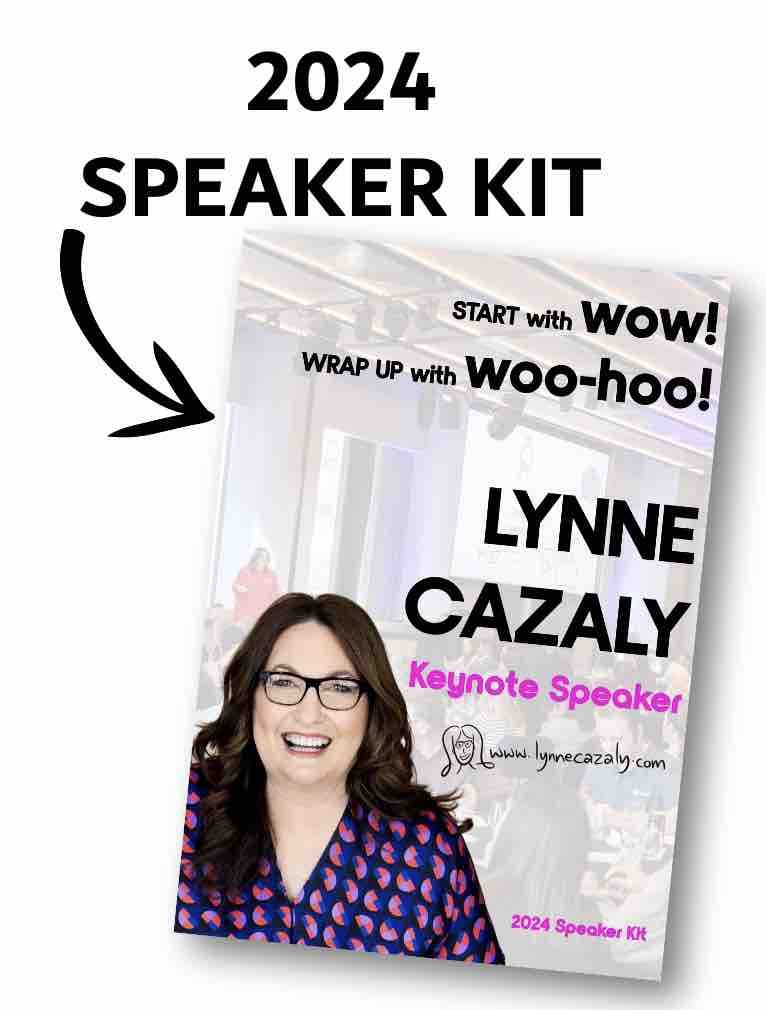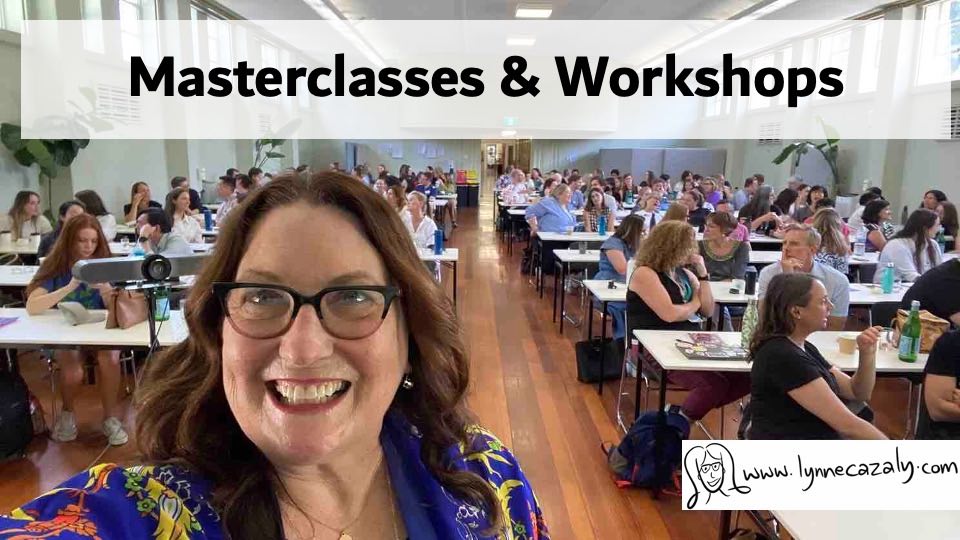Memo to guest speakers: organise your thinking
 Tuesday, April 2, 2013 at 11:38AM
Tuesday, April 2, 2013 at 11:38AM Yes, three cheers for a call to conference presenters to have a go at engaging the audience (participants!) and delivering their thinking without the use of PowerPoint.
On Twitter today, I happily retweeted @brown_note and @neil_killick when this was put out there, with a reference to agile conferences:
RT @neil_killick I call on #agile conferences to ban PowerPoint and equivalent. Let's see presenters really present and lead discussion.
Here's the next challenge then - given the Agile Australia conference is set for June, the sold out Scrum conference is next week, and the UX and LAST conferences are also bearing down in August, every speaker has the time to organise their thinking.
Start now speakers! Get your thinking sorted out now!
I believe visual agility skills are what's needed - visual skills where you can swiftly and clearly:
- capture your thinking
- convey information, and
- collaborate with others
... using visuals.
What happens is that PowerPoint gets used to capture thinking. And then it's the tool that's used to convey information. (Not as good at collaboration is it?)
A great communicator, leader and conference speaker/presenter can use all three:
- Capture your own thinking about what your presentation and key message is;
- Convey information during the presentation; and
- Collaborate - get input from others in the session, engage and lead discussion.
It's not for artistic types or creative folks; it's for normal people and thinking people whose job it is to think, communicate and work well with others.
I'll be watching next week at the Scrum conference; and I'll be capturing using visuals on my ipad.
I so hope a session I've proposed for the Agile Australia conference gets up; no surprise it's on visual agility - I want to help Agile folks get more visual so they can help people in their teams - and right across the businesses they work with and in - to "get" what they're on about quickly, clearly, and in an engaging and captivating way.
The sooner you're understood, the sooner we can all get on with it.















